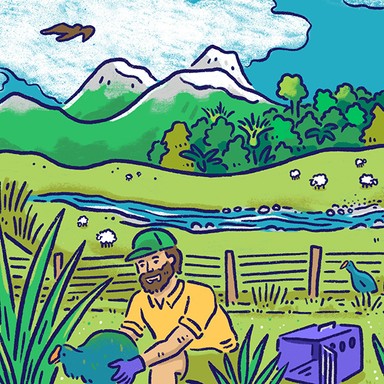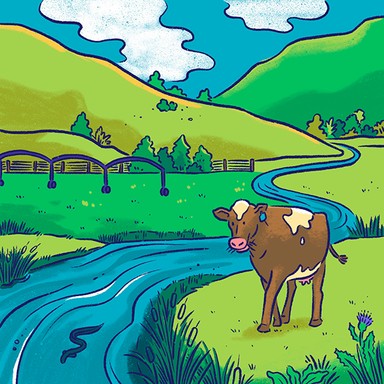
West Coast Regional Council

Rates and revenue
The work of local government is funded mainly by property taxes in the local area, known as rates. This makes up around 60% of council expenditure, with the rest coming from user charges, investment income, regulatory fees and roading subsidies. Councils can also borrow money to spread the cost of large investments such as infrastructure over a longer period of time.

Rates and revenue
The work of local government is funded mainly by property taxes in the local area, known as rates. This makes up around 60% of council expenditure, with the rest coming from user charges, investment income, regulatory fees and roading subsidies. Councils can also borrow money to spread the cost of large investments such as infrastructure over a longer period of time.
Review the rating district funding policy for resilience projects (flood and erosion protection).
Ensure that in funding reviews current and future benefiting parties are considered.
Explore financially prudent debt levels that recognise the future beneficiaries of long lived resilience improvements.
Review the rating district funding policy for resilience projects (flood and erosion protection).
Ensure that in funding reviews current and future benefiting parties are considered.
Explore financially prudent debt levels that recognise the future beneficiaries of long lived resilience improvements.
Mayor
Compare the mayoral candidates in your area
Local council
Compare the candidates for your city or district council
Regional council
Compare the candidates for your regional council
Local board
Compare the candidates for your local or community board






